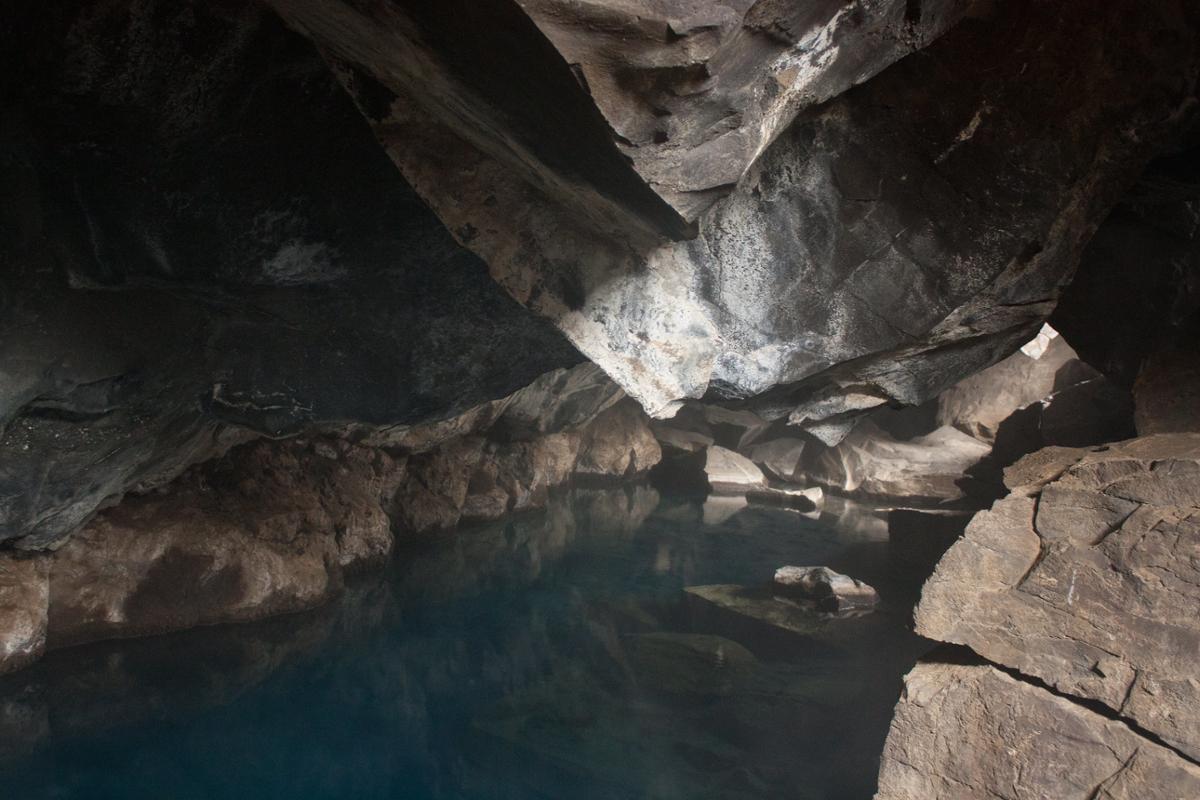D: Yaël, last weekend I went caving. I was amazed at how much life there is underground; cave crickets, bats, even cave fishes. How deep can life exist underground?
Y: Don, there is some indirect evidence of microbial life as far as twelve miles underground, and many studies show life as much a mile underground.
D: But where does this stuff live? Aside from caves, doesn’t the subsurface consist of solid rock?
Y: No it doesn’t. The mass of rock is heavily fractured and faulted. Water, a basic requirement for life, seeps down into these cracks to a depth of many miles. The amount of subsurface fresh water may be up to one hundred times as much as in all the rivers, lakes, and swamps in the world, combined. The deep subsurface may contain two to twenty times as many simple microbial cells as in all the oceans, and up to a third of the Earth’s entire biomass.
D: But Yaël, ecosystems on the Earth’s surface rely on the ability of plants and microorganisms to capture the energy of sunlight. How does life get by without sunlight underground?
Y: Instead of sunlight, underground life relies on chemical energy. Microbes extract energy from sulfur and hydrogen compounds, for example. This feature of subsurface life is interesting to astrobiologists, since there are many places in the solar system where liquid water appears to exist underground. Spacecraft have spotted water seeping from underground on Mars. Jupiter’s moon Europa and Saturn’s moon Enceladus are known to harbor lightless oceans beneath their icy surfaces. Understanding underground life on Earth can help us prepare to search for it on these other worlds.










